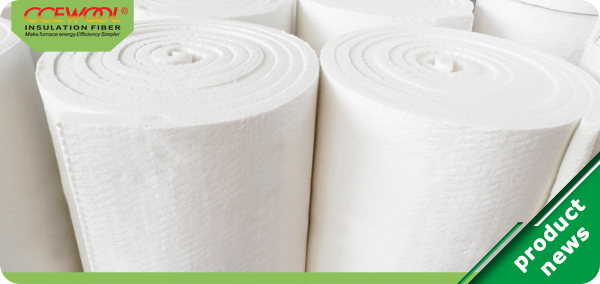Ceramic fibre, also known as refractory fiber, is a type of insulating material made from inorganic fibrous materials such as alumina silicate or polycrystine mullite. It exhibits excellent thermal properties, making it a popular choice for various hightemperature applications. Here are some of the key thermal properties of ceramic fibre:
1. Thermal Conductivity: Ceramic fibre has a low thermal conductivity, typically ranging from 0.035 to .052 W/mK (watts per meter-kelvin). This low thermal conductivity allows fiber to effectively reduce heat transfer through conduction, making it an efficient insulating material.
2. Thermal Stability: Ceramic fibre exhibits exceptional thermal stability, meaning it can withstand extreme temperatures without losing insulating properties. It can resist temperatures as high as 1300°C (2372) and even higher in certain grades.
3. Heat Resistance: Due to its high melting point, ceramic fiber is highly resistant to heat. It can withstand exposure to intense heat without deformation,, or degradation. This property makes it suitable for applications in high-temperature environments.
4. Heat Capacity: Ceramic fibre has a relatively low heat capacity, meaning it requires less energy heat up or cool down. This property allows for quick response times when temperature changes occur.
5. Insulating Performance: Ceramic fibre offers excellent insulation performance by reducing heat transfer through conduction,vection, and radiation. It helps maintain consistent temperatures, improves energy efficiency, and reduces heat loss gain.
Overall, the thermal properties of ceramic fibre make it a preferred choice for a wide range of high-temperature applications. It provides effective insulation, excellent thermal stability, and durability in demanding.
Post time: Sep-20-2023


